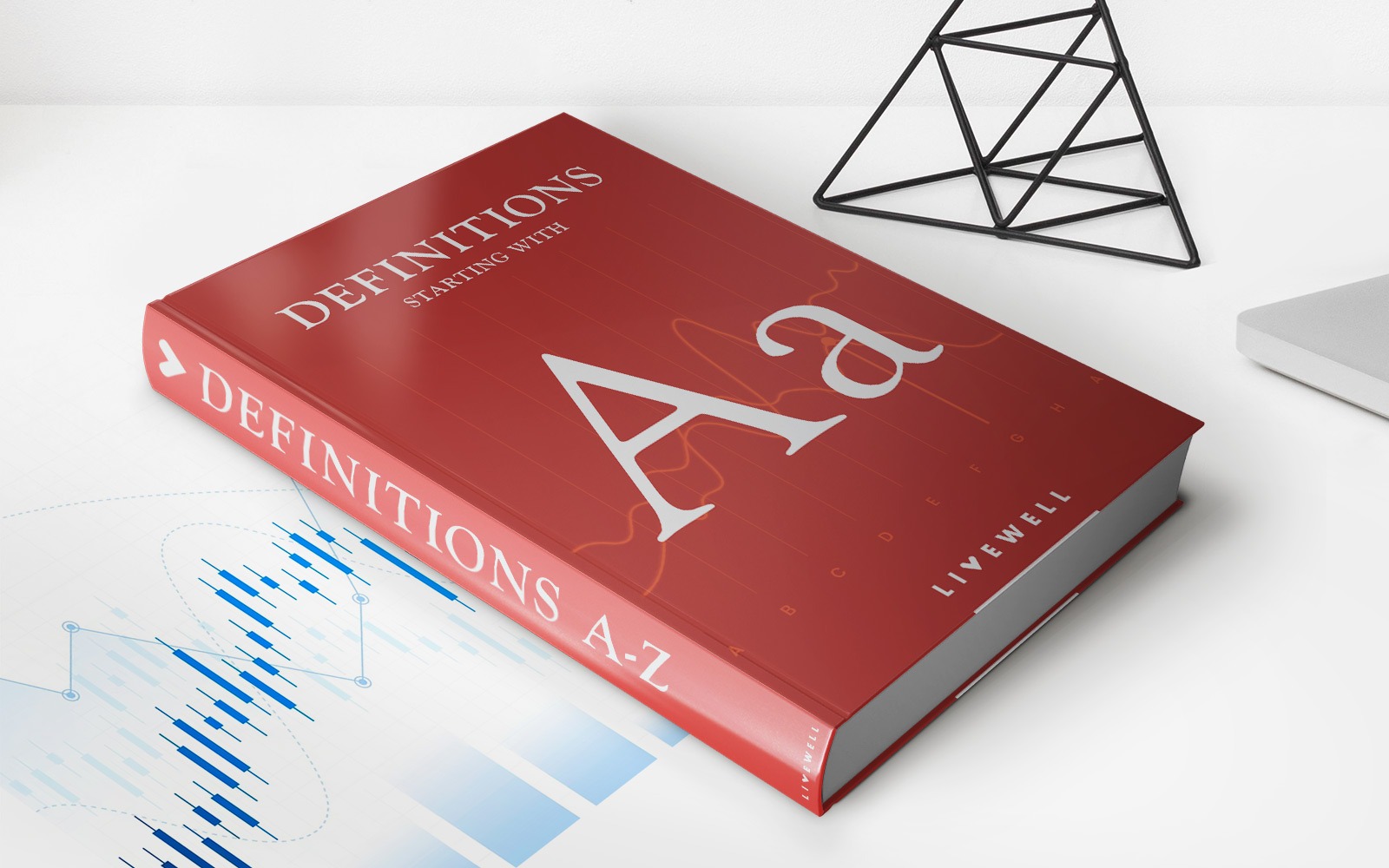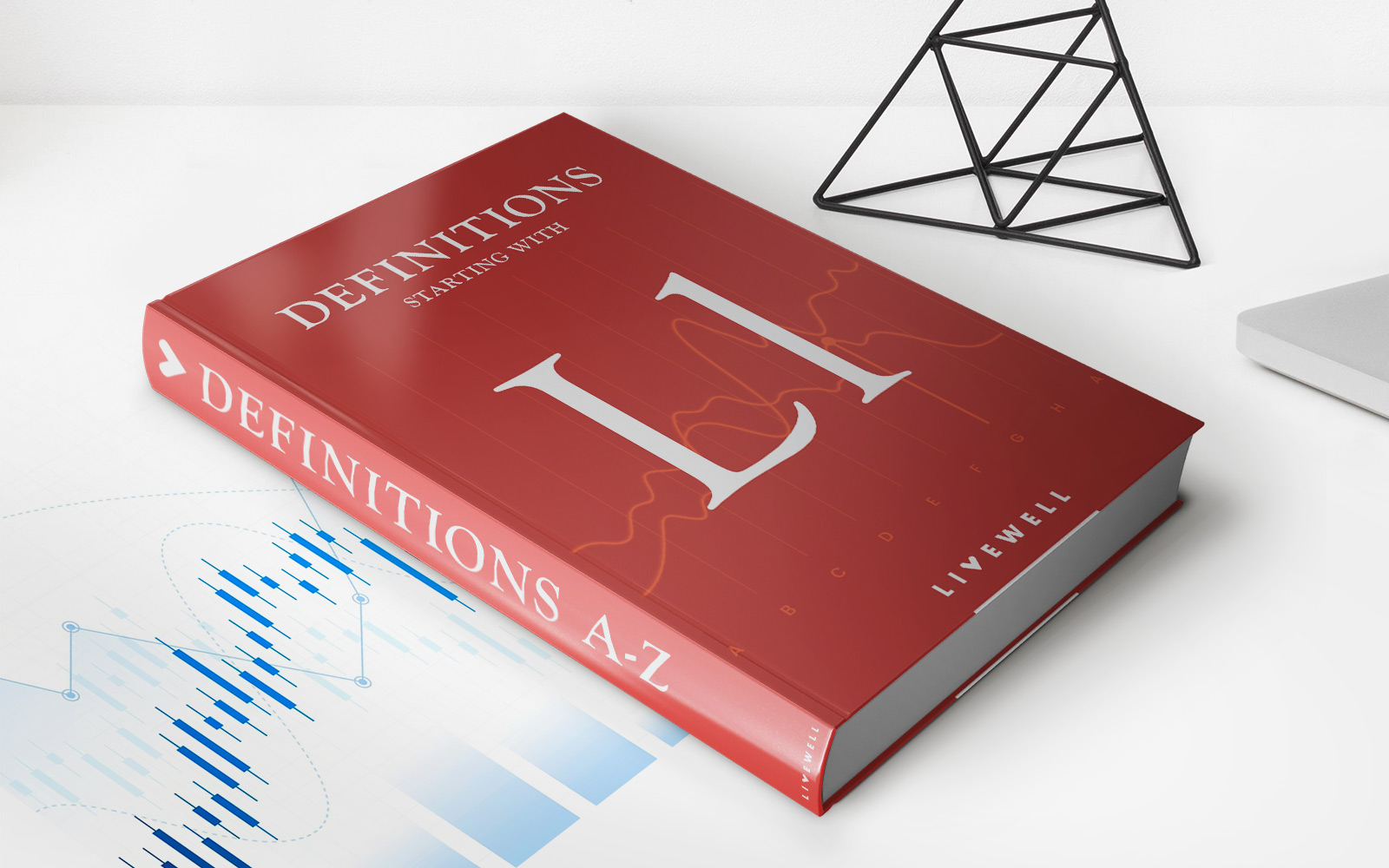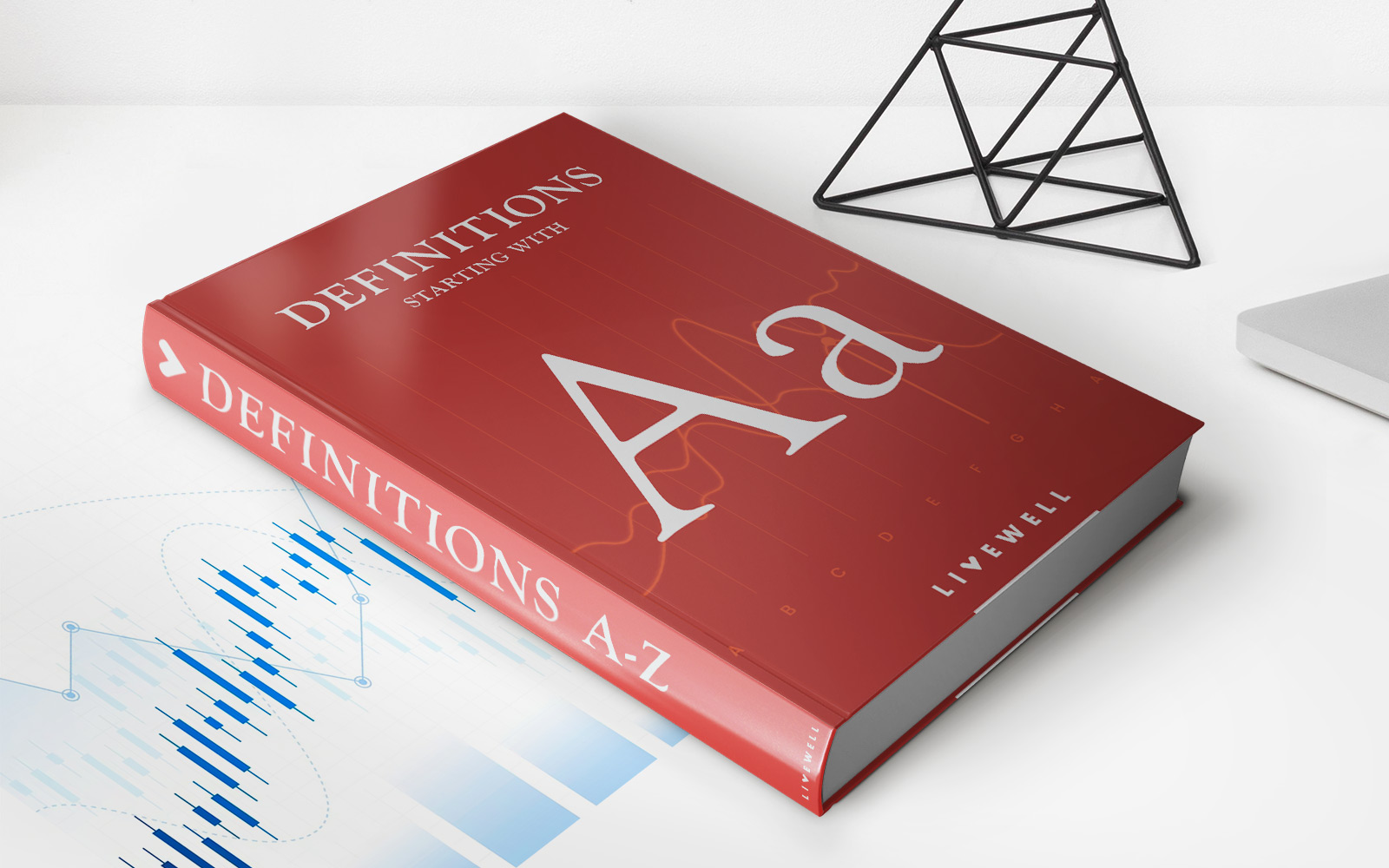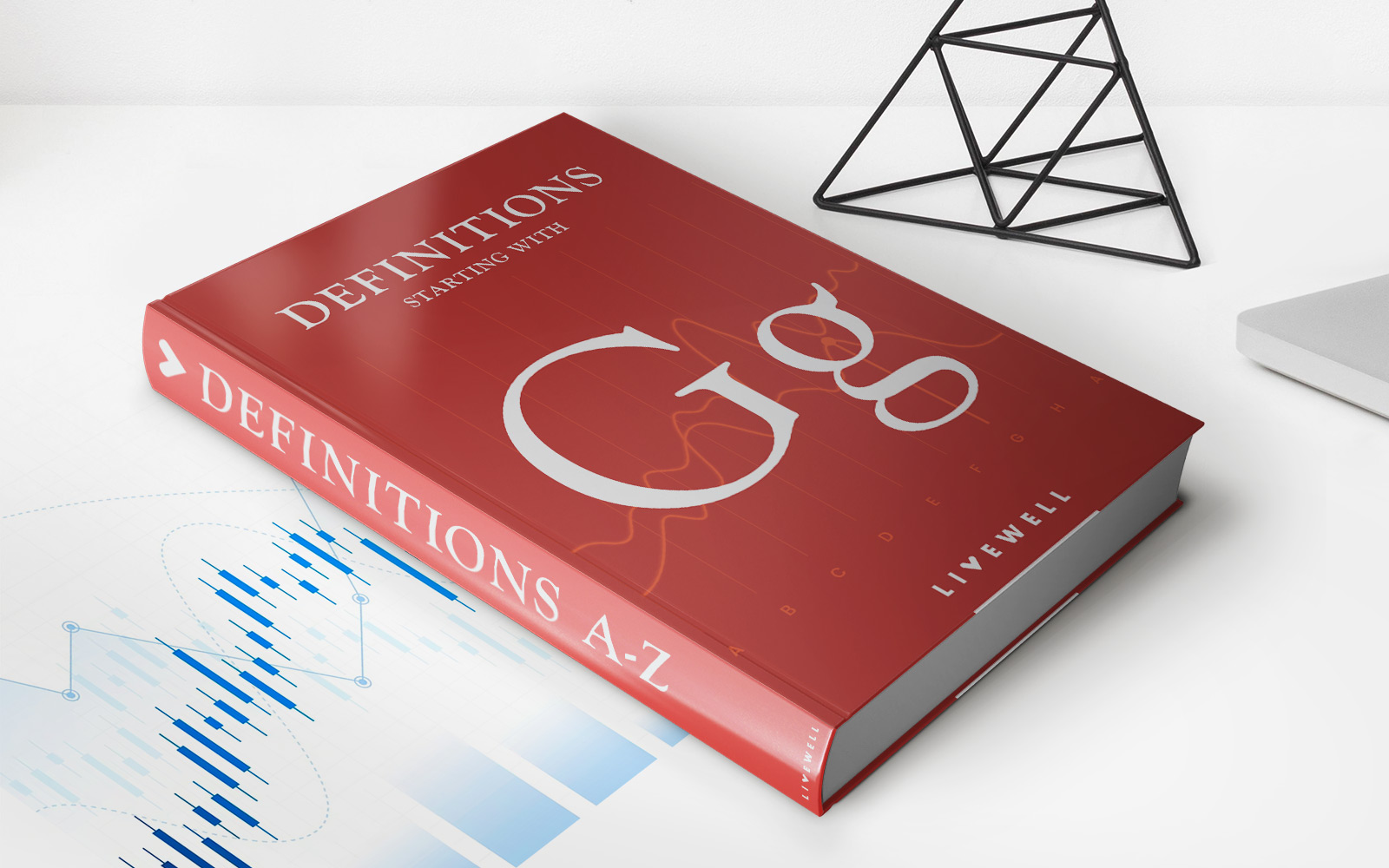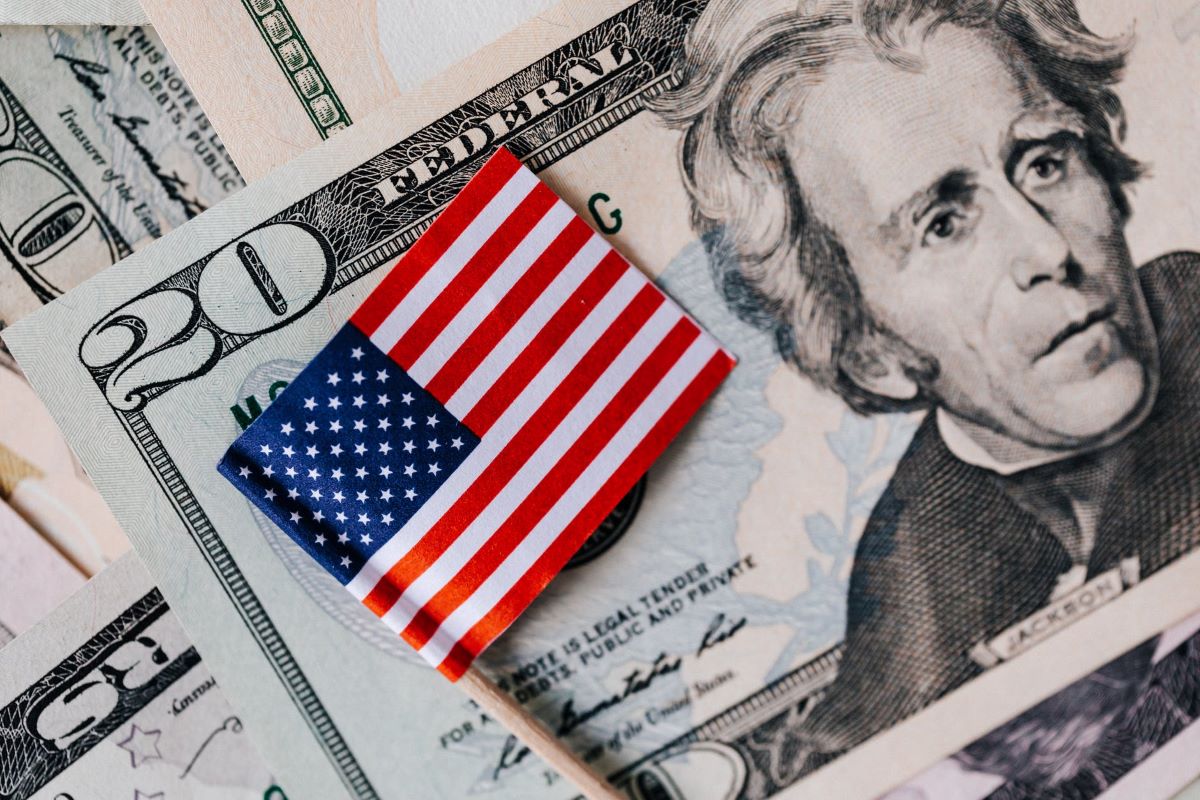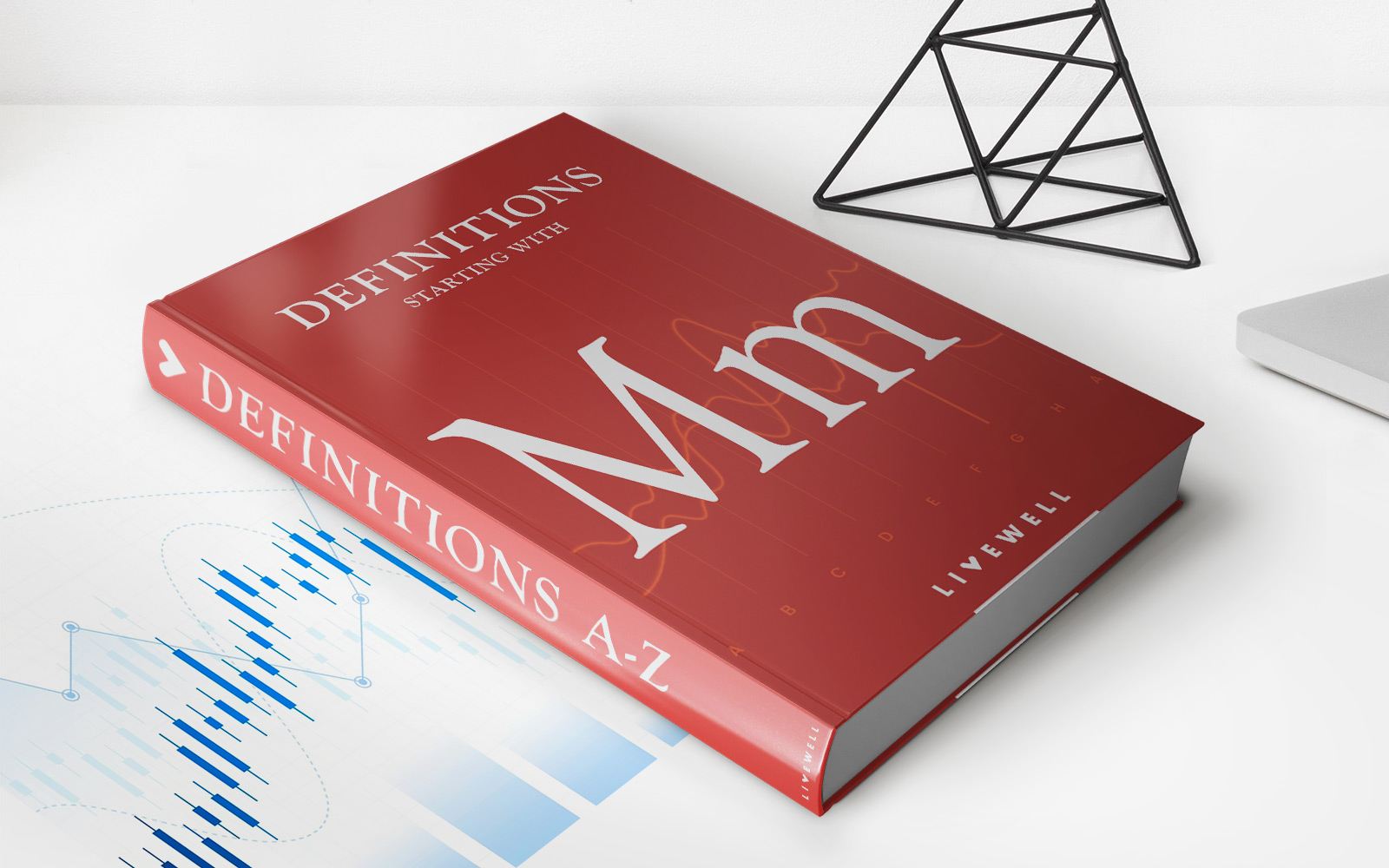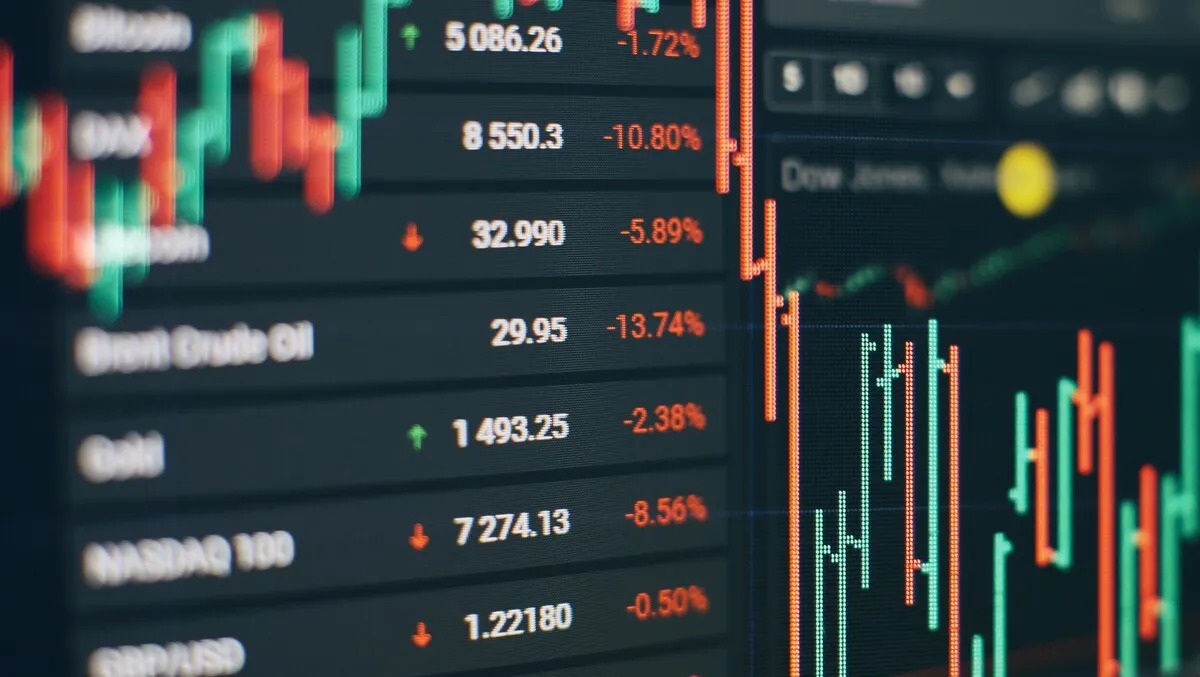

Finance
Free Asset Ratio – FAR Definition
Published: November 28, 2023
Discover the importance of Free Asset Ratio (FAR) in finance. Learn how this metric evaluates a company's ability to meet short-term obligations.
(Many of the links in this article redirect to a specific reviewed product. Your purchase of these products through affiliate links helps to generate commission for LiveWell, at no extra cost. Learn more)
Understanding Free Asset Ratio (FAR) in Finance
Welcome to another informative blog post from our “FINANCE” category. Today, we will be exploring the concept of Free Asset Ratio (FAR) and its significance in the finance world. Whether you’re a seasoned investor or just starting to dip your toes into financial matters, understanding the FAR definition can help you make informed decisions about your investment portfolio.
Key Takeaways:
- Free Asset Ratio (FAR) measures a company’s ability to cover its financial obligations with its current assets.
- A higher FAR indicates a stronger financial position and better ability to meet short-term liabilities.
Now, let’s dive into the details and gain a clear understanding of the Free Asset Ratio (FAR).
In simple terms, FAR is a financial metric that reveals a company’s capacity to cover its immediate financial obligations using its available assets. It helps analyze a company’s short-term liquidity and its ability to withstand any potential financial stress. By calculating FAR, investors and financial analysts can assess whether a company has enough liquid assets to meet its short-term liabilities without resorting to borrowing or selling long-term assets.
Calculating the Free Asset Ratio requires identifying the current assets of a company that can be readily converted into cash, such as cash and cash equivalents, accounts receivable, and short-term investments. These assets are then divided by the sum of current liabilities, including accounts payable, short-term debt, and other financial obligations due within a year. The result is the Free Asset Ratio.
Now that you understand the FAR definition and the calculation process, let’s explore why it is important:
Importance of Free Asset Ratio:
- Assessment of Liquidity: FAR is a crucial metric for investors as it provides insights into a company’s liquidity. A higher FAR indicates that a company has a significant amount of liquid assets compared to its short-term liabilities, indicating a stronger financial position and reducing the risk of defaulting on its obligations.
- Measurement of Financial Stability: By calculating the FAR, investors can gauge a company’s financial stability. Companies with a higher FAR are better equipped to navigate economic downturns or unforeseen expenses, as they have the resources to maintain business operations without relying heavily on external funding sources or asset liquidation.
In conclusion, the Free Asset Ratio (FAR) plays a vital role in evaluating a company’s short-term liquidity and financial health. By understanding this metric, investors and financial analysts can gain valuable insights into a company’s ability to meet its short-term obligations and make more informed investment decisions.
If you’re interested in delving deeper into the world of finance and understanding key financial metrics, be sure to explore the other articles in our “FINANCE” category. Stay tuned for more informative content that will help you make better financial decisions!


